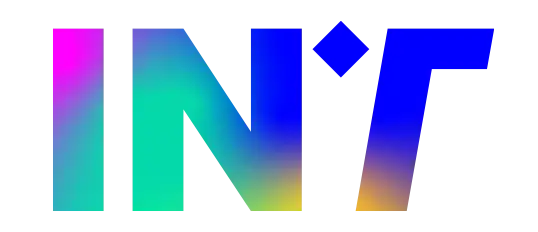In the ever-changing landscape of artificial intelligence, Google recently unveiled Gemini 2.0 Flash Thinking Experimental, an advanced artificial intelligence system designed to take computational reasoning and creativity to a new level. This new version represents a strategic move to compete with the top models of OpenAI, in particular the famous system o1.
What is Gemini 2.0 Flash Thinking Experimental?
Gemini 2.0 is distinguished by its “reasoning” thinking ability, designed to go beyond information processing and get closer to human thought. The technology is based on an innovative architecture that integrates large-scale language models (LLM) with neural networks specialising in problem solving and contextual understanding.
One of the most impressive features is the “Flash Thinking” feature, which allows the system to work out and deliver solutions almost instantly, even in complex and dynamic contexts. Google has pointed out that this feature allows Gemini 2.0 to stand out from its competitors, offering unprecedented speed and precision.
Gemini 2.0’s main features
- Advanced contextual reasoning: Thanks to a new learning methodology called “Dynamic Contextual Layering”, Gemini 2.0 is able to understand and analyze complex scenarios with a depth never seen before.
- Continuous learning: The system is able to adapt to new data in real time, ensuring that responses are always up-to-date and relevant.
- Multi-agent collaboration: Gemini 2.0 integrates a feature that allows different instances of AI to collaborate, simulating work teams composed by virtual specialists.
- Cross compatibility: is designed to interact with a wide range of platforms and applications, making it ideal for fields such as scientific research, industrial automation and healthcare.
The OpenAI challenge
With the launch of Gemini 2.0, Google aims to compete directly with OpenAI’s model o1, known for its ability to combine creativity, logic and precision. While o1 was praised for its versatile approach and ability to generate high-quality content, Gemini 2.0 is focused on more structured reasoning and improved operational performance.
According to Sundar Pichai, CEO of Google, “Gemini 2.0 is not just a more powerful AI, but a system designed to collaborate with humans, expanding our ability to solve complex problems. Our aim is to redefine the concept of artificial intelligence as an intellectual partner.”
Future prospects
The debut of Gemini 2.0 Flash Thinking Experimental is a clear signal of Google’s ambitions to consolidate its position as a leader in technological innovation. The system will initially be tested in controlled environments, with a wider deployment expected by the end of 2025.
Meanwhile, the competition between Google and OpenAI promises to further accelerate progress in AI, providing the world with increasingly sophisticated tools to address future challenges.
In an era where artificial intelligence is transforming the way we work, communicate and innovate, Gemini 2.0 represents a significant step toward more reasoning and collaborative AI. It remains to be seen how OpenAI will respond and what impact this competition will have on society and the global economy.






